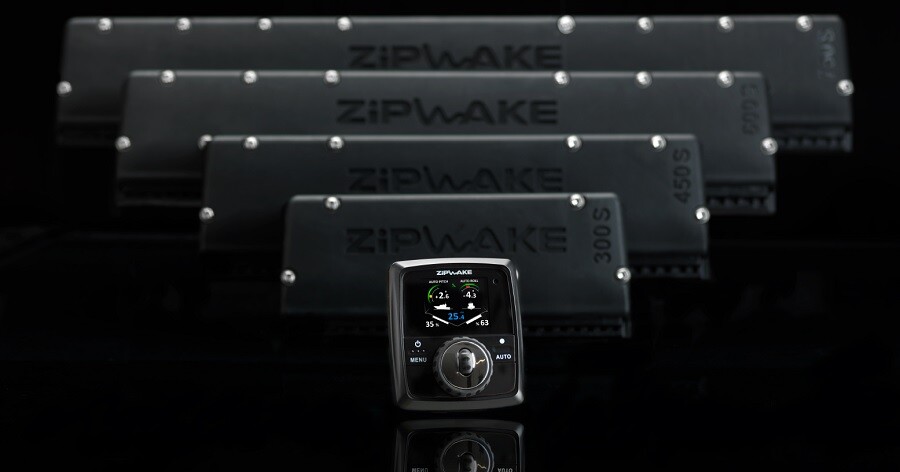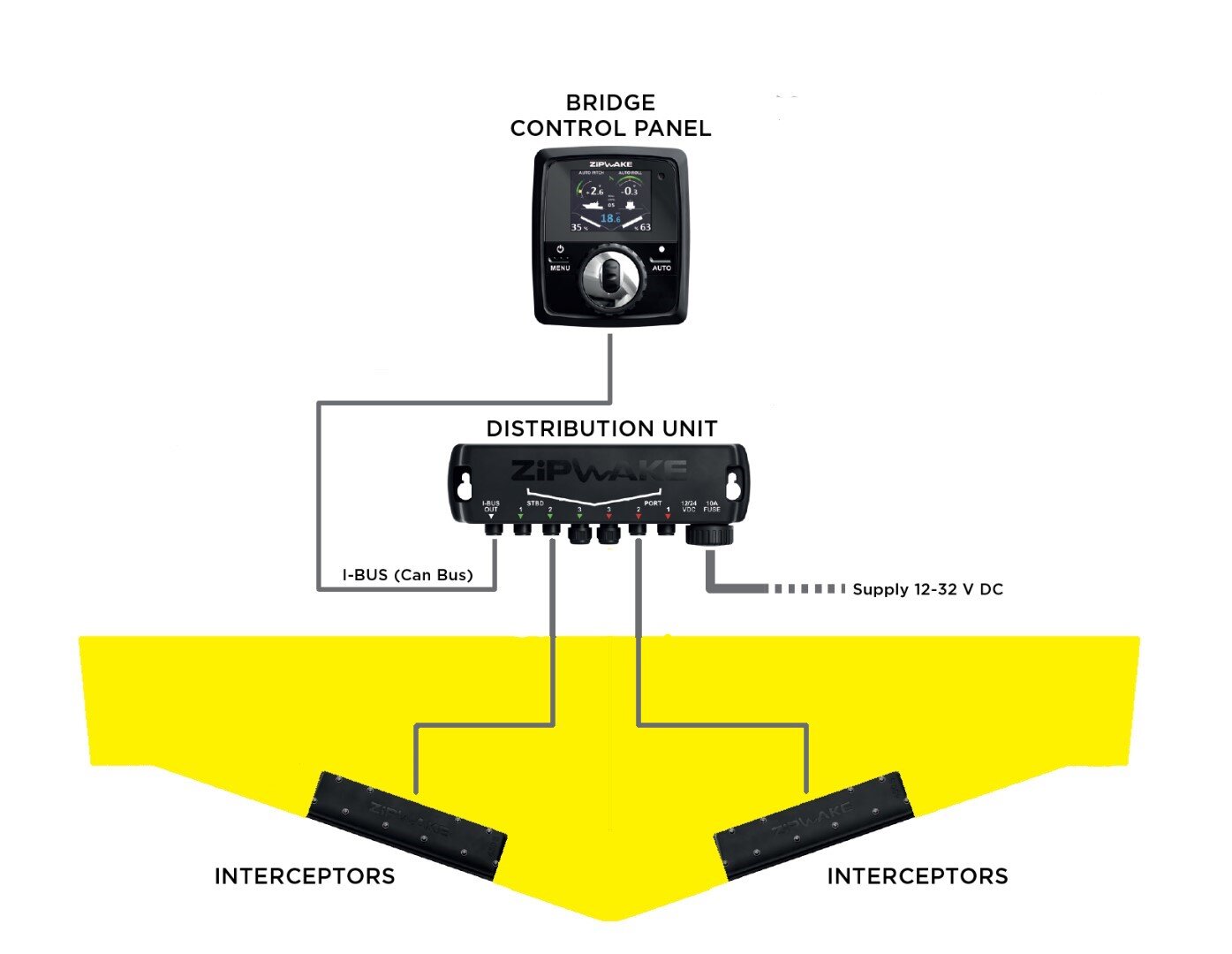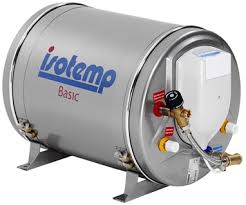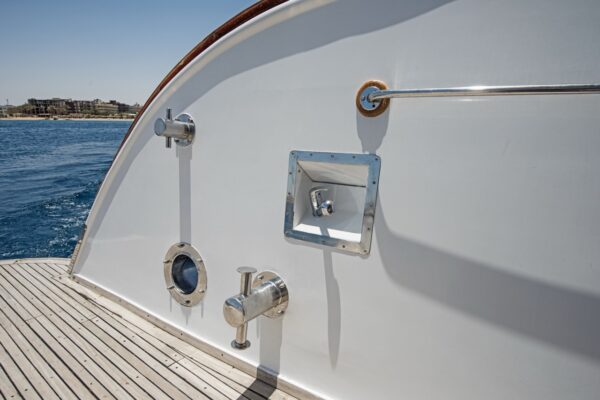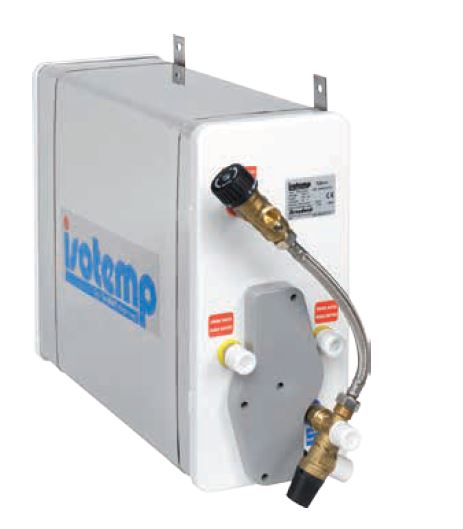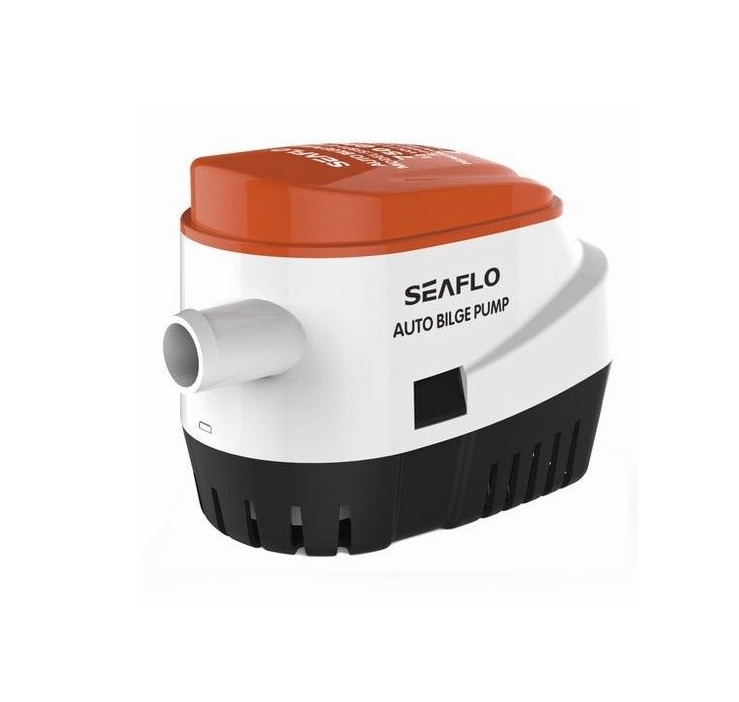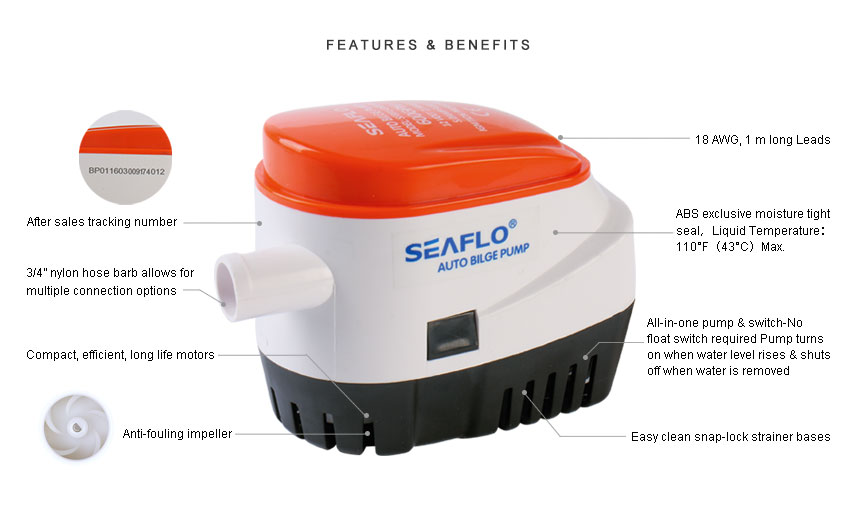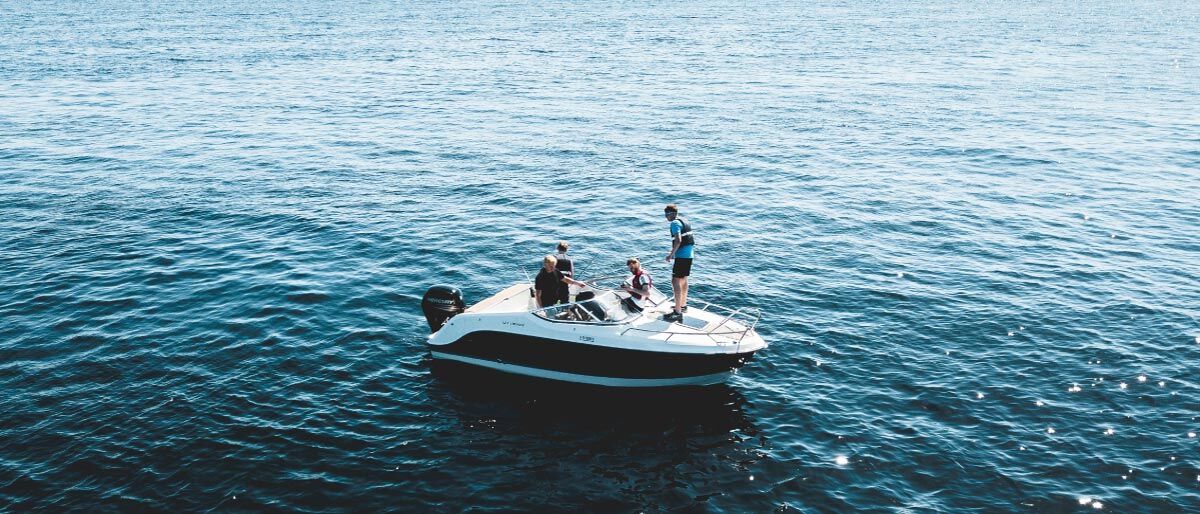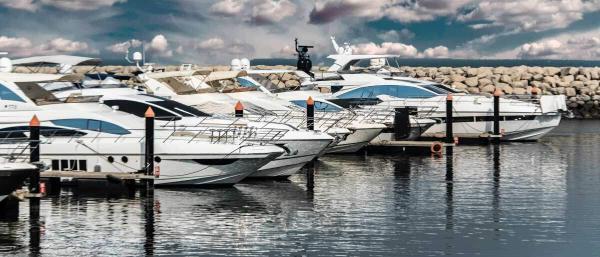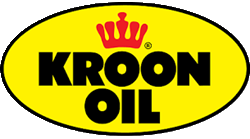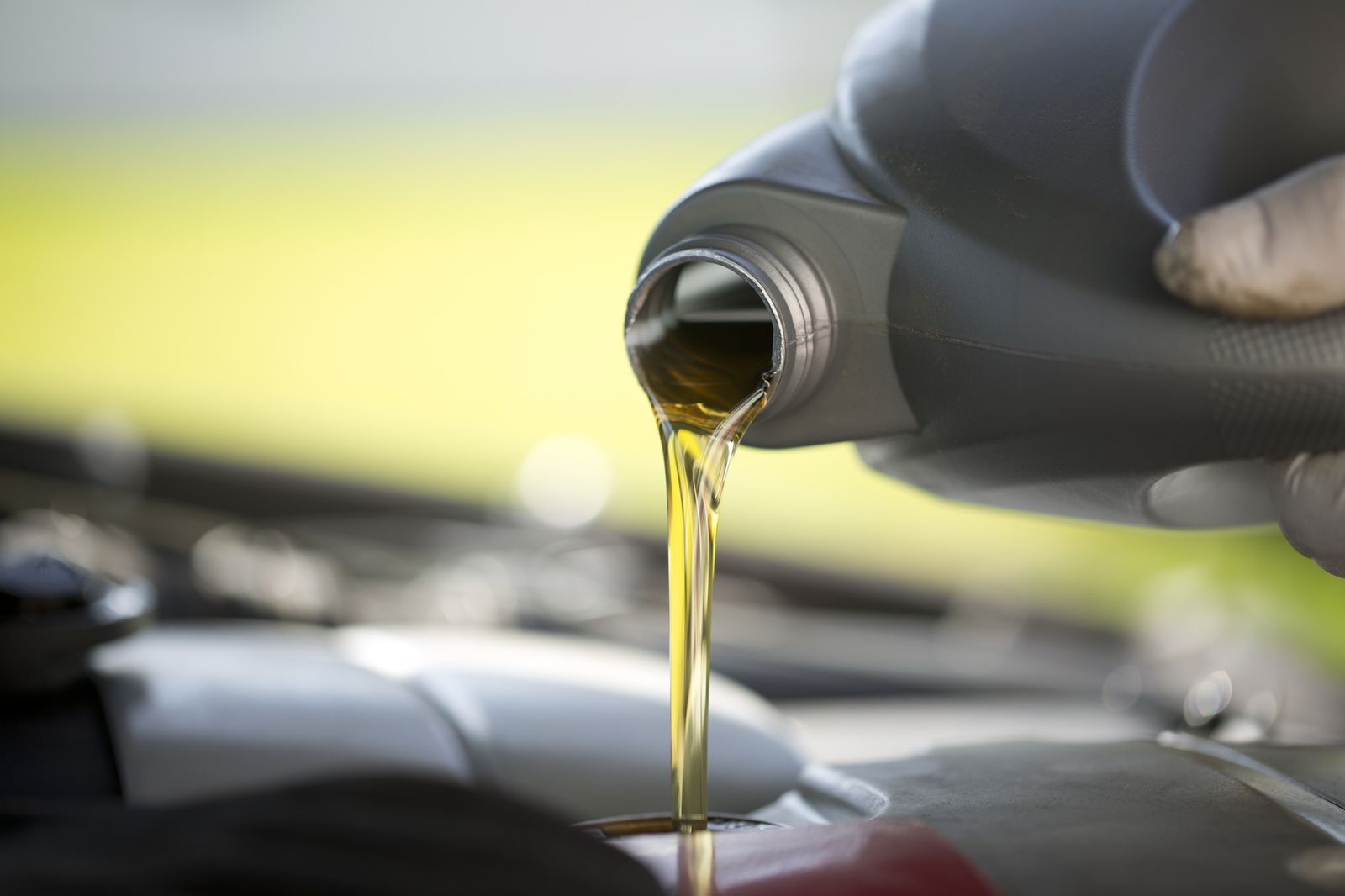
Engine oil viscosity is one of the most important properties of engine oil, determining how well the oil flows at different temperatures. The correct viscosity depends on your engine and the conditions in which you are sailing. Oil that is too thick offers too much resistance and can make the engine difficult to start when cold. Oil that is too thin may not provide sufficient lubrication, leading to faster wear of engine parts. By choosing the right viscosity, you ensure a good balance between lubrication, protection, and fuel consumption, tailored to your engine and sailing conditions.
In this blog, we explain everything about engine oil viscosity. This will make it easy for you to choose the best oil for your boat’s engine.
High and low viscosity
Viscosity is often referred to as “high viscosity” or “low viscosity”.
- Low viscosity (thin oil): Flows more easily and is ideal for cold starts and low temperatures. Especially at low temperatures, a thinner oil offers better performance.
- High viscosity (thick oil): Stays in place better at high temperatures and heavy loads, offering extra protection.
The right balance between thickness and fluidity ensures your engine performs optimally in all conditions.
Why the right viscosity is important
The right engine oil is important for every engine. Consider the following benefits:
- Longer lifespan – Less wear and better protection for crucial components like bearings and cylinder walls.
- Optimal performance – Smooth running at both cold starts and high temperatures.
- Reduced resistance – Less internal friction, leading to lower fuel consumption.
- Improved heat dissipation – Efficient cooling prevents engine overheating.
When choosing engine oil, both the manufacturer’s recommendations and the operating conditions, such as temperature and load, must be taken into account.
How to read an oil’s viscosity rating??
On engine oil packaging, you’ll often find numbers such as 5W30, 10W40, 5W40, 15W40, or even SAE 40. These numbers indicate the oil’s viscosity at different temperatures. This designation was established by the Society of Automotive Engineers (SAE).
The first number: cold conditions
The first number (e.g., 5 in 5W30) indicates how well the oil flows at low temperatures. The lower this number, the thinner the oil is when the engine is cold. This helps with rapid lubrication during a cold start. This is particularly important in colder climates, where oil that’s too thick can make the engine difficult to start.eilijk start.
Oil with a lower first number (such as 0W or 5W) remains more fluid in cold conditions and is ideal for engines that need to start smoothly even at low temperatures. Oil with a higher first number (such as 10W or 15W) becomes more viscous more quickly in the cold, making it harder for the engine to start and slowing down oil circulation.
This is especially important in cold climates or if you use your boat in winter. Oil for cold conditions with a lower winter rating (like 0W or 5W) is often the better choice. Do you only use the boat in the summer or in warmer regions? Then a slightly higher rating, such as 10W or 15W, might also be suitable.
The letter W: Winter rating
The “W” in the code stands for “Winter” and indicates how the oil performs in cold temperatures. This means the oil has been tested at a specific temperature to see how fluid it remains. The thinner the oil in the cold, the better it flows through the engine and reaches essential parts. Oil that becomes too thick at low temperatures can cause extra wear because it takes longer for all parts to be properly lubricated.
The second number: warm condition
The second number in the code, such as the 30 in 5W30, indicates the oil’s viscosity when the engine is warm. The higher this number, the thicker the oil remains at high temperatures. This is important, as during prolonged use or heavy load, the oil thins out, and oil that is too thin can provide insufficient protection for the engine.
An oil with a lower second number (like 30) is thinner at high temperatures and is suitable for engines that are less heavily worked or operate more efficiently at lower viscosity. Oil with a higher second number (like 40 or 50 oil) remains thicker when hot and offers more protection under heavy loads, high revs, or prolonged use.
If, for instance, you frequently undertake long journeys or heavily strain the engine, an oil with a higher hot viscosity rating, such as 10W40 or 15W50, would be a better choice. This oil will remain sufficiently thick to protect components effectively. For lighter engines or less intensive use, an oil like 5W30 is often adequate.
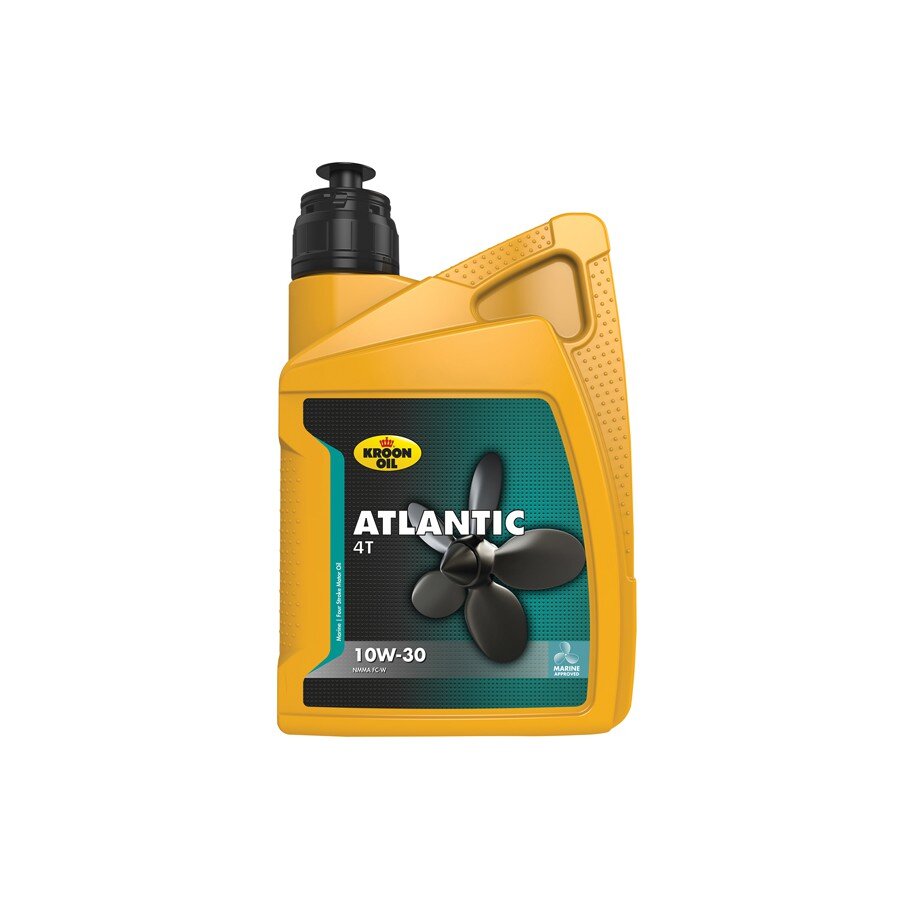
Synthetic or conventional oil for your engine?
When choosing engine oil you have the option between synthetic oil and mineral engine oil.
Synthetic engine oil
Synthetic oil is chemically purified and offers a more stable viscosity. It has advantages such as:
- Improved performance at both low and high temperatures
- Longer service life and less prone to soiling
- Lower resistance and lower fuel consumption
- Improved protection against wear and oxidation
- Improved cleaning action, keeping the engine cleaner
Due to these benefits, synthetic oil is particularly suitable for modern engines, intensive use and heavy loads, such as during long voyages or at high revs.
Mineral engine oil
Mineral oil is refined directly from crude oil and is less refined than synthetic oils. It can become dirty more quickly and offers less protection at extreme temperatures. Mineral oil is generally cheaper but requires more frequent changes.
Due to these benefits, mineral oil is particularly suitable for older engines not designed for synthetic oil, or for engines used in mild climates with less demanding use.
Multigrade vs. monograde Oil
With engine oil, a distinction is also made between multigrade and monograd.
- Multigrade oil, such as 10W40, is designed to perform well across a range of temperatures. This makes it the best choice for most modern boat engines, as it adapts to changing weather and engine temperatures.
- Monograde oil, on the other hand, has a constant viscosity and is less flexible with temperature fluctuations. This type of oil is mainly used in classic engines or in applications where the engine always operates at a stable temperature, such as in stationary engines.
For most boats, multigrade oil is the best choice, as it adapts to both cold starts and high loads.
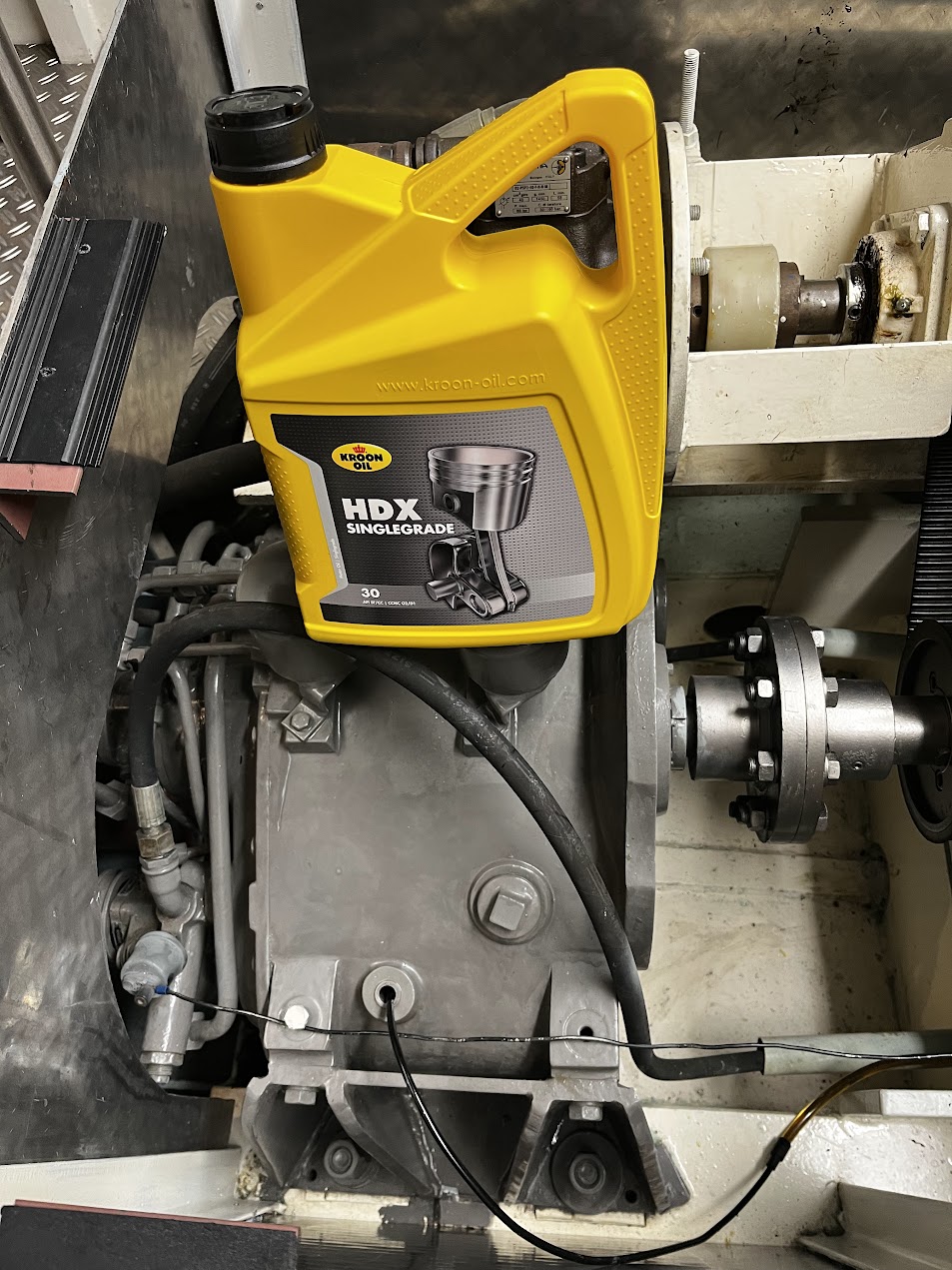
Which oil is suitable for your boat engine?
The choice of the right engine oil depends on the type of boat engine and the conditions in which you are sailing.
Outboard motors
Outboard motors work differently to inboard engines, as they cool down faster and often run in varying conditions. For these engines, a thinner oil, such as 10W30, is usually recommended. A thin oil ensures the engine keeps running smoothly and receives the necessary lubrication quickly during a cold start.
Because outboard motors are often used in damp environments, synthetic oil is a good choice. This type of oil stays cleaner for longer, offers better protection against corrosion, and extends the engine’s lifespan.
Inboard engines
Inboard engines operate at higher temperatures and under greater loads than outboard motors. This means that a thicker engine oil, such as 15W40, is often the best choice. A thicker oil forms a stronger lubricating film, which better protects the engine against wear and heat.
For prolonged use or heavy loads, such as with engines that run at high revs on long trips, an oil with a higher viscosity might be even better. This helps prevent excessive wear and ensures the oil doesn’t thin too much at higher temperatures.
Diesel versus petrol engines
Diesel and petrol engines require different types of oil, as their internal workings and operating temperatures differ.
- Diesel engines often require a thicker oil due to higher compression and internal temperatures. A multigrade oil such as 15W40 or 10W40 is usually recommended for these engines. This ensures stable viscosity and good protection against soot formation and wear.
- Petrol engines run at lower compression ratios and can often function perfectly well with a thinner oil, such as 5W30 or 10W30. This aids faster lubrication and more efficient fuel consumption.
Weather conditions
Besides the engine type, weather conditions also play an important role in choosing the right oil.
- In cold temperatures, a low-viscosity oil, such as 5W30, is better suited. This remains fluid at low temperatures and flows more quickly through the engine on a cold start.
- In hot climates or under heavy use, a thicker oil, like 15W40, offers better protection. Thicker oil evaporates less quickly and remains stable for longer at high temperatures.
Choose the right oil at AB Marine Service/strong>
At AB Marine Service, we understand how important the right oil is for your boat engine. Our
Looking for the right Oil for your boat? Kroon Oil’s website makes it easy to find the perfect match by searching for your engine type. Once you know which Oil you need, you can order it from us to ensure your engine is always optimally protected. Alternatively, you can contact us for expert advice! We offer solutions for every boat engine, so you can enjoy your time on the water worry-free.


